In today's part of our series on the history of Apple, we will recall a computer that, although it could boast a truly unique appearance, unfortunately never achieved significant success among users. The Power Mac G4 Cube never achieved the sales that Apple originally expected, and therefore the company definitively ended its production in early July 2001.
It could be interest you
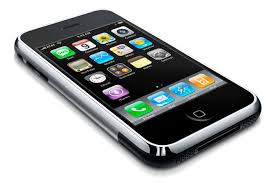
Apple has a solid lineup of computers that are memorable for a variety of reasons. They also include the Power Mac G4 Cube, the legendary "cube" that Apple discontinued on July 3, 2001. The Power Mac G4 Cube was a very original and impressive machine in terms of design, but it was rather disappointing in many ways, and is considered Apple's first significant misstep since the return of Steve Jobs. Although Apple left the door open for a possible next generation when discontinuing the production of its Power Mac G4 Cube, this idea never came to fruition, and the Mac mini is considered the direct successor to the Apple Cube. At the time of its arrival, the Power Mac G4 Cube was one of the indicators of the change in direction that Apple wanted to take. After the return of Steve Jobs to the head of the company, the brightly colored iMacs G3 enjoyed great popularity together with the equally styled portable iBooks G3, and Apple made it more than clear not only by the design of its new computers, that it intends to significantly differentiate itself from the offer that reigned the market with computer technology.
Jony Ive participated in the design of the Power Mac G4 Cube, the main supporter of the shape of this computer was Steve Jobs, who has always been fascinated by cubes, and who experimented with these shapes even during his time at NeXT. It was certainly impossible to deny the impressive appearance of the Power Mac G4 Cube. It was a cube that, thanks to a combination of materials, gave the impression that it was levitating inside its transparent plastic chassis. Thanks to a special cooling method, the Power Mac G4 Cube also boasted very quiet operation. The computer was equipped with a touch button for switching off, while its lower part allowed access to internal components. The upper part of the computer was equipped with a handle for easier portability. The price of the basic model, fitted with a 450 MHz G4 processor, 64MB of memory and 20GB of storage, was $1799; a more powerful version with a higher memory capacity was also available in the online Apple Store. The computer came without a monitor.
Despite Apple's expectations, the Power Mac G4 Cube managed to appeal to essentially only a handful of die-hard Apple fans, and never really caught on among mainstream users. Steve Jobs himself was really excited about this computer, but the company managed to sell only about 150 thousand units, which was a third of the originally expected amount. Thanks to its appearance, which also ensured the computer a role in several Hollywood films, the Power Mac G4 nevertheless managed to be recorded in the minds of users. Unfortunately, the Power Mac G4 Cube did not avoid certain problems - users complained about this computer, for example, about small cracks that appeared on the plastic chassis. When the management of the company discovered that the Power Mac G4 Cube did not really meet with the expected success, they announced the final end of its production through an official web message. "Mac owners love their Macs, but most users choose to buy our powerful Power Mac G4 mini-towers." then-head of marketing Phil Schiller said in a press statement. Apple subsequently acknowledged that the chances of a possible improved model being released in the future are very small, and the cube was put on ice for good.
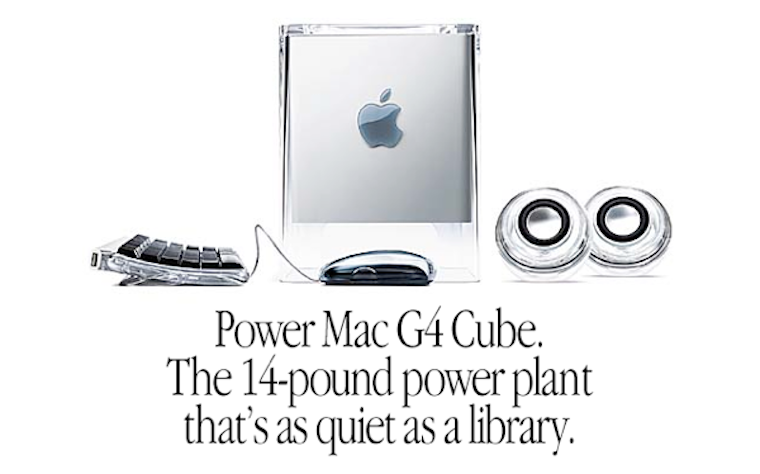
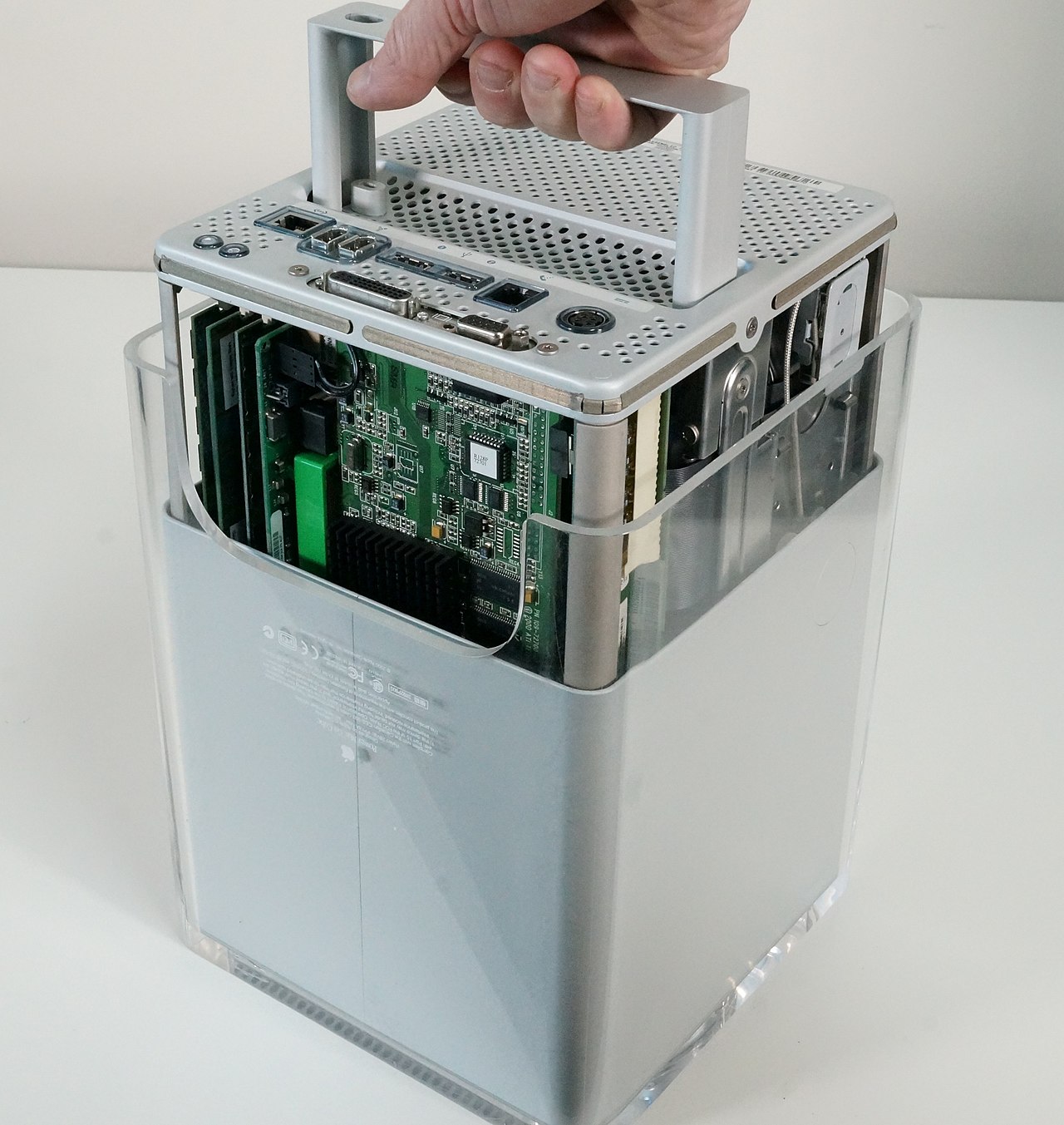
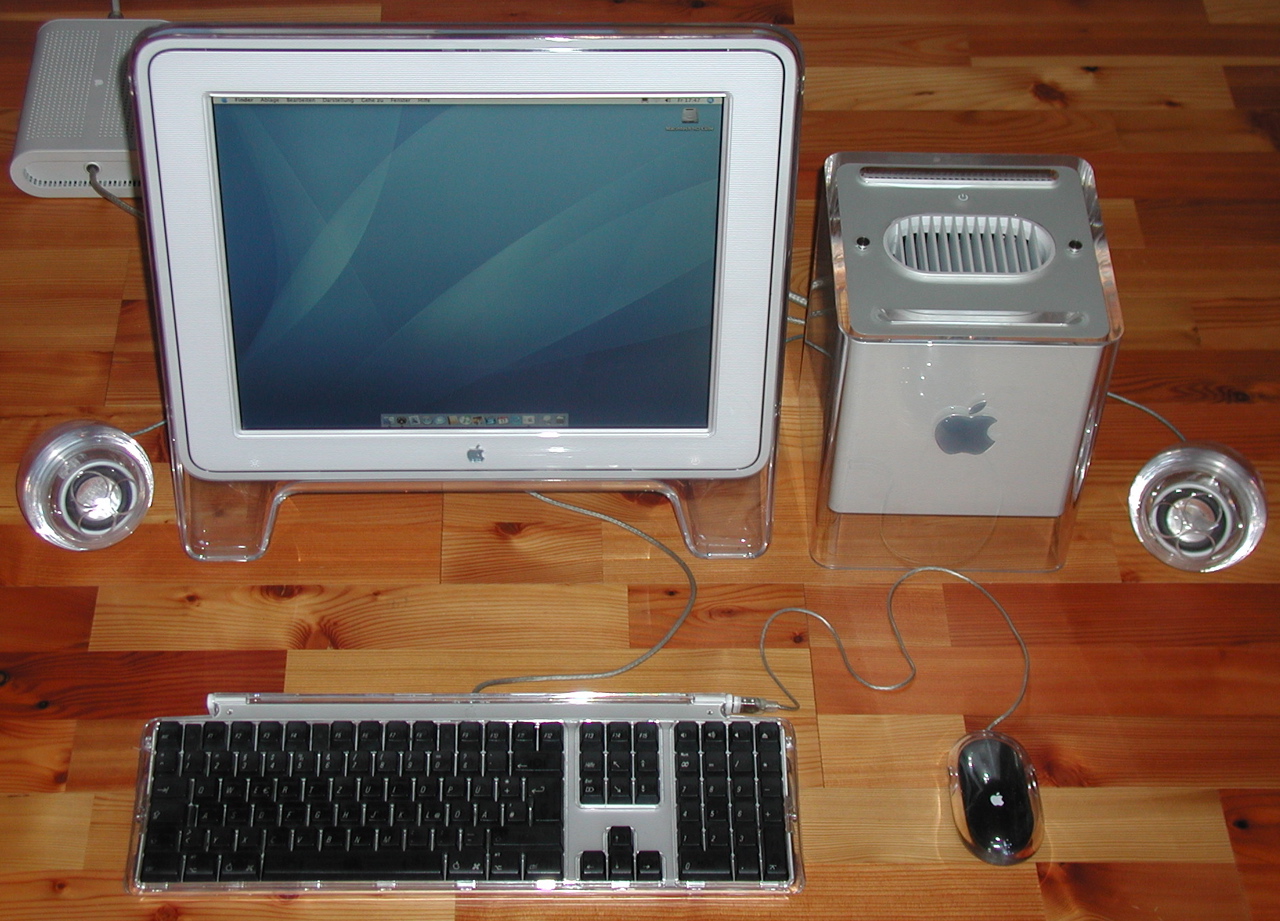
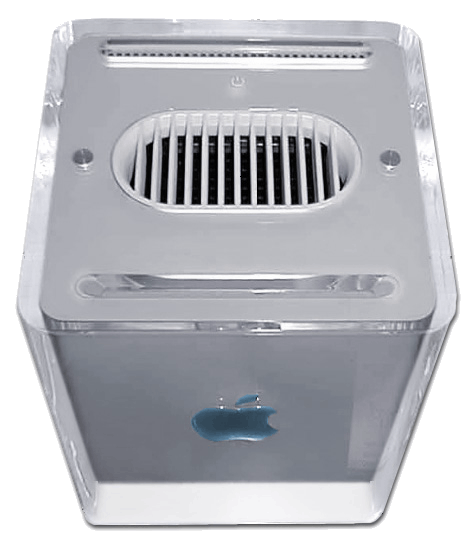

The cube had one more unpleasant feature: the so-called chimney effect (the cube had no fan), which Apple boasted about the cube at the time, was not enough, so it did not cool the processor.